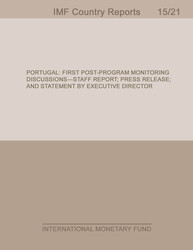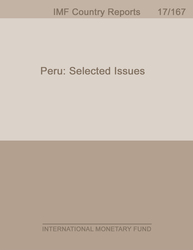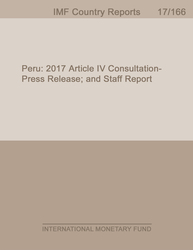
Portugal : First Post-Program Monitoring
The three year Fund-supported program that expired at end-June 2014 succeeded in stabilizing Portugal's economy and restoring access to sovereign debt markets. Following the deep downturn of 2011–12, the economy has expanded in six of the last seven quarters, albeit at a moderate pace. The cumulative fiscal consolidation over the past three years has been substantial, and the current account is now in surplus. Regained policy credibility and benign market conditions have facilitated the resumption of market access at declining yields. But private consumption is driving the recovery, while the necessary rebalancing of the economy remains elusive. With post-crisis labor slack still extensive, attaining higher growth through private investment and export-led growth continues to be constrained by high corporate debt and weak external competitiveness. Moreover, the momentum for reforms and fiscal adjustment appears to have flagged over the past six months. Notwithstanding past structural reform efforts aimed at improving competitiveness, the slow expansion despite the high labor slack suggests that the unfinished agenda is substantial. Corporate debt is also excessively high, acting as a brake on investment and job creation. While the fiscal targets for 2014 seem well within reach, significantly more ambitious expenditure reforms will be needed to comply with the government's own medium-term budget framework. Recently regained policy credibility and benign market conditions provide a welcome but only limited window of opportunity to press ahead with necessary reforms. With elections due by October 2015, building consensus around these reforms will prove difficult in the short term. In this context, discussions focused on three key areas necessary to maintaining economic and financial stability and improving medium- term growth prospects: (i) enhancing competitiveness through further reforms to improve the functioning of labor and product markets, and making progress on corporate deleveraging; (ii) safeguarding financial sector stability in a low profitability and low growth environment; and (iii) ensuring fiscal stability in a low profitability and low growth environment; and (iii) ensuring fiscal sustainability against the backdrop of vulnerable debt dynamics and large financing needs.
Publication date: January 2015
ISBN: 9781498373258
$18.00
Add to Cart by clicking price of the language and format you'd like to purchase
Available Languages and Formats
| English |
Prices in red indicate formats that are not yet available but are forthcoming.
Topics covered in this book
This title contains information about the following subjects.
Click on a subject if you would like to see other titles with the same subjects.
debt , market , monetary fund , credibility , investment
Also of interest
Summary
Copyright © 2010 - 2024
Powered by:
AIDC



